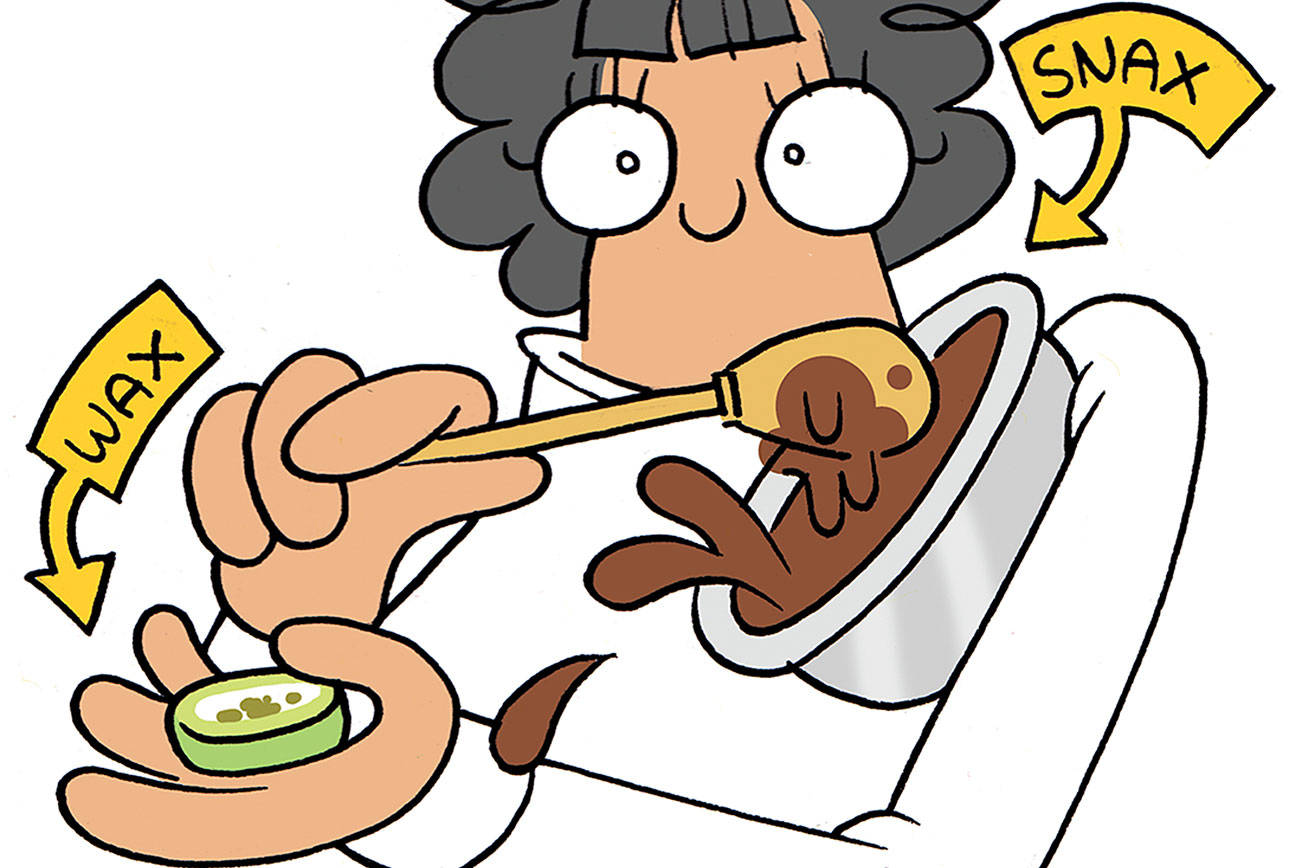Usually reserved for conversations about LSD and mushrooms, microdosing is the latest fad to sweep through the world of cannabis. Not that it’s new. People have been including tiny amounts of weed in medical treatments, spiritual elixirs, and recreational smoking blends for millennia. But now a whole new generation of cannabis fans are testing the idea that less is more.
Practitioners claim microdosing can treat a host of ailments such as chronic pain, ADHD, anxiety, arthritis, migraines, and much more. And a recent study showed cannabis microdosing even reversed age-related memory loss in mice.
Beyond treatment for health problems, some folks are also using microdosing as a performance enhancer, reporting a boost in creativity, productivity, and focus as well as an overall reduction in stress or nervousness in work environments. People are able to work, take care of their kids, and generally live their life while receiving the benefits of cannabis without any of its “high” hindrances.
To be honest, when I heard about the trend I thought, “Isn’t that just … less weed? What’s the big deal?” To be clear, the approach is focused on doses too low to feel the effects of THC, but enough to provide cannabis’ health and medicinal benefits. This is called a threshold dose, or a sub-perceptual effect. There’s some conjecture around the optimal dosage: Some say it’s as little as 3 milligrams of THC, others as much as 10 mgs or even more, but everyone’s physiology is different. You will have to experiment a bit to find your threshold, but 3-10 mgs is a reasonable range to start in.
For people who dab a gram a day, less weed may seem like anathema, and maybe this method isn’t your jam. But for people who have never used cannabis but are curious; those who are extremely sensitive to THC; or experienced stoners who want to try to develop a different relationship with weed, microdosing could be for you.
If you’re curious, it doesn’t take much to get started. I’ll remind you I’m not a health-care professional, and I still don’t play one on TV; I’m just a stoner with a lifetime of weed experience. Any time you add or change something about your health-care routine, you should check in with a healer. We’re lucky in Seattle to have a bounty of health practitioners with knowledge on MMJ topics. And of course, listen to your own body and its responses.
For regular cannabis users, the first step will be to clean out for 48 hours. According to Dr. Dustin Sulak, a physician and Reiki healer in Maine who has been treating patients with cannabis since 2009, it takes only 48 hours to reset your endocannabinoid system, even for heavy users. (He offers multiday guides for microdosing on healer.com for those interested.)
Then it’s just a matter of picking your strain and delivery method. In general, smoking is the least precise, so if it’s possible, avoid it. Vaping is much easier to control, and delivers immediate effects. Tinctures and edibles are the most precise, but you’ll have to wait awhile for the effects to kick in. They are best suited to very small doses that you can take multiple times a day and build up the cannabinoids in your system over time.
stashbox@seattleweekly.com







